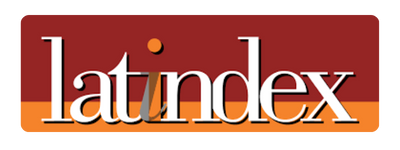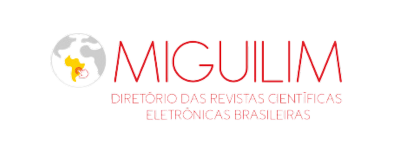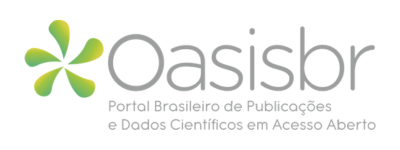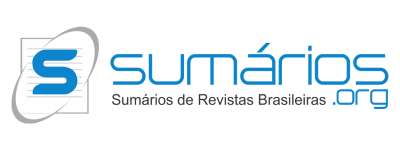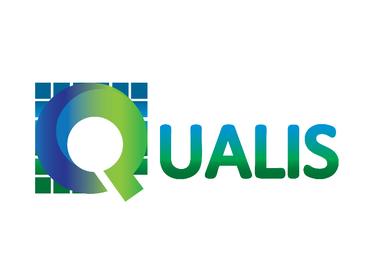SCIENCE MUSEUMS AND FORMATION OF SCIENTIFIC COLLECTIONS:
FROM ALEXANDRIA TO THE 19TH CENTURY
Visualizações: 3DOI:
https://doi.org/10.56579/rei.v7i3.1889Keywords:
Museums, Science Museums, Scientific CollectionsAbstract
The Alexandria Complex (180 BC) is considered the first documented museum site, where there was the "Mouseion", a space dedicated to the exhibition of pieces and the exchange of knowledge. Thus, over time, museums and collections underwent significant transformations, with emphasis on the 18th century, when the Enlightenment boosted the development of knowledge, science museums and scientific collections, which began to have a public and educational character. In the 19th century, profound changes occurred worldwide, and museums organized themselves, diversifying their collections, reflecting advances in science and technology. Collections such as fossils and ethnographic artifacts illustrated the progress of natural sciences and technology. Science and Natural History Museums began to be seen as important instruments in the dissemination of scientific knowledge, contributing to the popularization of science and cultural development. This work, focusing on the period between 180 BC and the 19th century, explores the evolutionary milestones of museums, highlighting how scientific museums emerged from cabinets of curiosities and transformed into encyclopedic museums. These institutions accumulated collections that were not only scientific, but also curious and fantastic, exhibiting them in an organized and systematic way, valuing theories, rarity and grandeur of the pieces.
Downloads
References
ASMA, S. Stuffed animals and pickled heads: the culture and evolution of Natural History Museums. Oxford: Oxford University Press. 2001. (Obra completa)
CÂNDIDO, M. M. D. Gestão de museus, um desafio contemporâneo: diagnóstico museológico e planejamento. Porto Alegre: Medianiz, 2014. (Obra completa)
CUNHA, M. B.; GIORDAN, M. A divulgação científica como um gênero de discurso: implicações em sala de aula. In: Encontro Nacional de Pesquisa em Educação em Ciências, 7. Anais... Florianópolis: UFSC, 2009 (Trabalho em Anais de Congresso)
FERNANDES, A. C. S.; FONSECA, V. M. M.; HENRIQUES, D. D. R. Histórico da Paleontologia no Museu Nacional. Anuário do Instituto de Geociências. n. 30. 2007. p. 194 - 196. (Artigo em Periódico Físico)
FERREIRA, G. L.; CARVALHO, D. F. O enfoque educativo no rastro da constituição dos museus de ciências. Revista Educação Pública. Cuiabá. Ed. UFMT. v.23, n. 52. 2014. p. 191-211. (Artigo em Periódico Digital)
FRANCO, M. I. M. Planejamento e Realização de Exposições. Brasília: Ibram. 2018. (Obra completa)
FREIRE, P. Pedagogia da Autonomia: saberes necessários à prática educativa. São Paulo: Paz e Terra, 1996. (Obra completa)
GASPAR, A. Divulgação científica ensino de ciências: estudos e experiências. São Paulo: Escrituras, 2006. (Obra completa)
GIL, A. C. Métodos e técnicas de pesquisa social. São Paulo: Atlas, 1999.
GIL F. B. Museus de ciência: preparação do futuro, memória do passado. Revista da Cultura Científica. n. 3. 1988 p. 72-89. (Artigo em Periódico Físico)
GIRAUDY, D.; BOUILHET, H. O museu e a vida. Rio de Janeiro: Fundação Nacional
Pró-Memória, 1990. (Obra completa)
GRUZMAN, C.; SIQUEIRA, V. H. F. O papel educacional do museu de ciências: desafios e transformações conceituais. Revista Eletrônica de Enseñanaza de las Ciências. v. 6, n. 2. Vigo. 2007. p. 402-423. (Artigo em Periódico Digital)
GUARNIERI, W. R. C. Museologia e museu (1979). In: BRUNO, M. C. O. (org.). Waldisa Rússio Camargo Guarnieri: textos e contextos de uma trajetória profissional. v.1. São Paulo: Pinacoteca do Estado; Secretaria de Estado de Cultura; Comitê Brasileiro do Conselho Internacional de Museus, 2010. p.78-85. (Capítulo de Livro)
ISAÍA, A. Os Fascinantes Caminhos da Paleontologia. Santa Maria: Dinotchê, 2008. (Obra completa)
JULIACE, A. C. A. Exposição de microfósseis como ferramenta para preservação do patrimônio paleontológico e divulgação científica
Dissertação. Universidade Federal do Rio de Janeiro. Rio de Janeiro. 2017. (Dissertação ou Tese)
JULIACE, A. C. A.; PALMIEIRI, L. J. Os contributos determinantes do Museu Nacional no processo de institucionalização das Ciências no Brasil (1842 - 1892). APEduC Revista. n.3, v.1. 2022. p. 12-24. (Artigo em Periódico Digital)
KURY, L. Viajantes naturalistas no Brasil oitentista: experiência, relato e imagem. História, Ciências e Saúde. v. 3, (suplemento) 2001. p. 863-880. (Capítulo de Livro)
LENOIR, T. A ciência produzindo a natureza: o museu de história naturalizada.
Episteme. Porto Alegre. v. 2, n. 4. 1997. p. 55-72. (Capítulo de Livro)
LOPES, M. M. A favor da desescolarização dos museus. Educação e Sociedade. n. 40. Campinas. 1991. p. 443-455. (Artigo em Periódico Físico)
LOPES, M. M. O Brasil descobre a pesquisa científica: os museus e as ciências naturais no século XIX. São Paulo: Hucitec, 1997. (Obra completa)
LOUREIRO, J.M.M. Representação e museu científico: O instrutivo aparelho de hegemonia ou uma profana liturgia hegemônica.Tese. Universidade Federal do Rio de Janeiro. 2000. (Dissertação ou Tese)
LUGLI, A. Naturalia et Mirabilia: collections encyclipédiques dês cabinets de curiosités. Paris: Adam Biro. 1998. (Obra completa)
MAGALHÃES, A. M.; MARINS, A.; BEZERRA, R. Z. D. Leopoldina e seu tempo: sociedade, política, ciência e arte no século XIX. Rio de Janeiro: Museu Histórico Nacional, 2016. (Obra completa)
MARANDINO, M. Museus de Ciências, Coleções e Educação: relações necessárias. Revista Museologia e Patrimônio, v. 2, 2009, p. 1-12. (Artigo em Periódico Físico)
MARSTINE, J. New Museum - Theory and Practice: An introduction. Oxford: Blackwell. 2006. (Obra completa)
MINAYO, M. C. S. O desafio do conhecimento: pesquisa qualitativa em saúde. Rio de Janeiro: Hucitec, 1996.
MUSEU NACIONAL. O Museu Nacional. São Paulo: Banco Safra, 2007. (Obra completa)
NASCIMENTO, S. S. As instituições patrimoniais e o diálogo entre sujeitos de espaços e tempos diferenciados. In: LOURENÇO, E.; GUEDES, M.C.; CAMPOS, R. H. F. (Org.). Patrimônio cultural, museus, psicologia e educação: diálogos. Belo Horizonte: Editora PUCMINAS, 2009. p. 15-30. (Capítulo de Livro)
PINTO, F.N.M. Coleção de paleontologia do Museu de Ciências da Terra / DNPM-RJ. Patrimônio da paleontologia brasileira. Dissertação. Universidade Federal do Estado do Rio de Janeiro. Rio de Janeiro. 2009. (Dissertação ou Tese)
POMIAN, K. Coleções. Enciclopedia Einaudi. v.1. 1984. (Obra completa)
POSSAS, H. C. G. Classificar e ordenar: os gabinetes de curiosidades e a história natural. In: Museus dos Gabinetes de curiosidades à Museologia Moderna. Ed. Scientia UFMG. 2005. p. 152-162. (Capítulo de Livro)
SCHWARCZ, L. M. O nascimento dos museus brasileiros. In: MICELI, S. (Org.). História das ciências sociais no Brasil, v.1. São Paulo: Vértice. p.45-67. 1989. (Capítulo de Livro)
SCHWARCZ, L. M. As barbas do imperador: D. Pedro II, um monarca nos trópicos. São Paulo: Companhia das Letras, 1998. (Obra completa)
SCHWARCZ, L. M. (org). A constituição nacional 1830 – 1889. Rio de Janeiro. Objetiva, 2012. (Obra completa)
SUANO, M. O que é museu? São Paulo: Brasiliense, 1986. (Obra completa)
TAPIOCA NETO, R. D. A Imperatriz Exploradora: Dona Leopoldina e o seu apoio à pesquisa científica no Brasil. Rainhas Trágicas. 2020. Disponivel em: <https://rainhastragicas.com/2020/08/29/a-imperatriz-exploradora-dona-leopoldina-e-o-seu-apoio-a-pesquisa-cientifica-no-brasil/> . Acesso em: 05 MAI 23. (Artigo em Periódico Digital)
VALENTE, M. E. A educação em museu: o público de hoje no museu de ontem. Dissertação. Pontifícia Universidade Católica do Rio de Janeiro. Rio de Janeiro.1995. (Dissertação ou Tese)
VEITENHEIMER-MENDES, I. L.; FABIAN, M. E.; SILVA, M.C.P. Museus de História Natural: contexto histórico, científico, educacional, cultural e sua contribuição na construção de políticas públicas para a qualidade de vida. In: LOPES, C. G.; ADOLFO, L. G.; FRANÇA, M.C.C. de C; BRISOLARA, V.; BERND, Z. (Orgs.). Mémoria e Cultura. Perspectivas Transdiciplinares. Canoas, RS: Unilasalle, 2009. (Artigo em Periódico Digital)
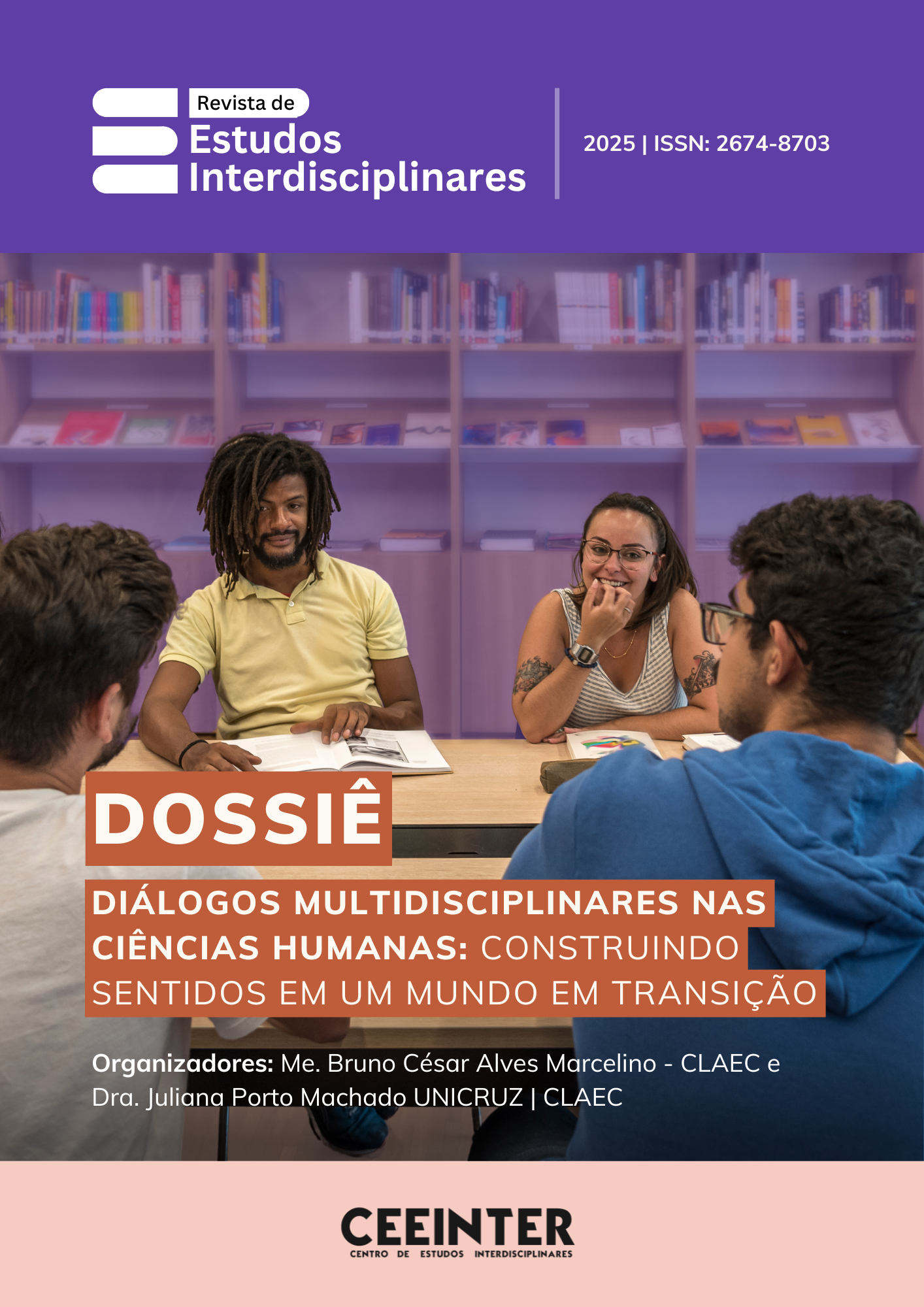
Downloads
Published
How to Cite
Issue
Section
License
Copyright (c) 2025 Interdisciplinary Studies Journal

This work is licensed under a Creative Commons Attribution 4.0 International License.
The Journal of Interdisciplinary Studies adopts the Creative Commons Attribution 4.0 International License (CC BY 4.0), which allows for sharing and adapting the work, including for commercial purposes, provided proper attribution is given and the original publication in this journal is acknowledged.

